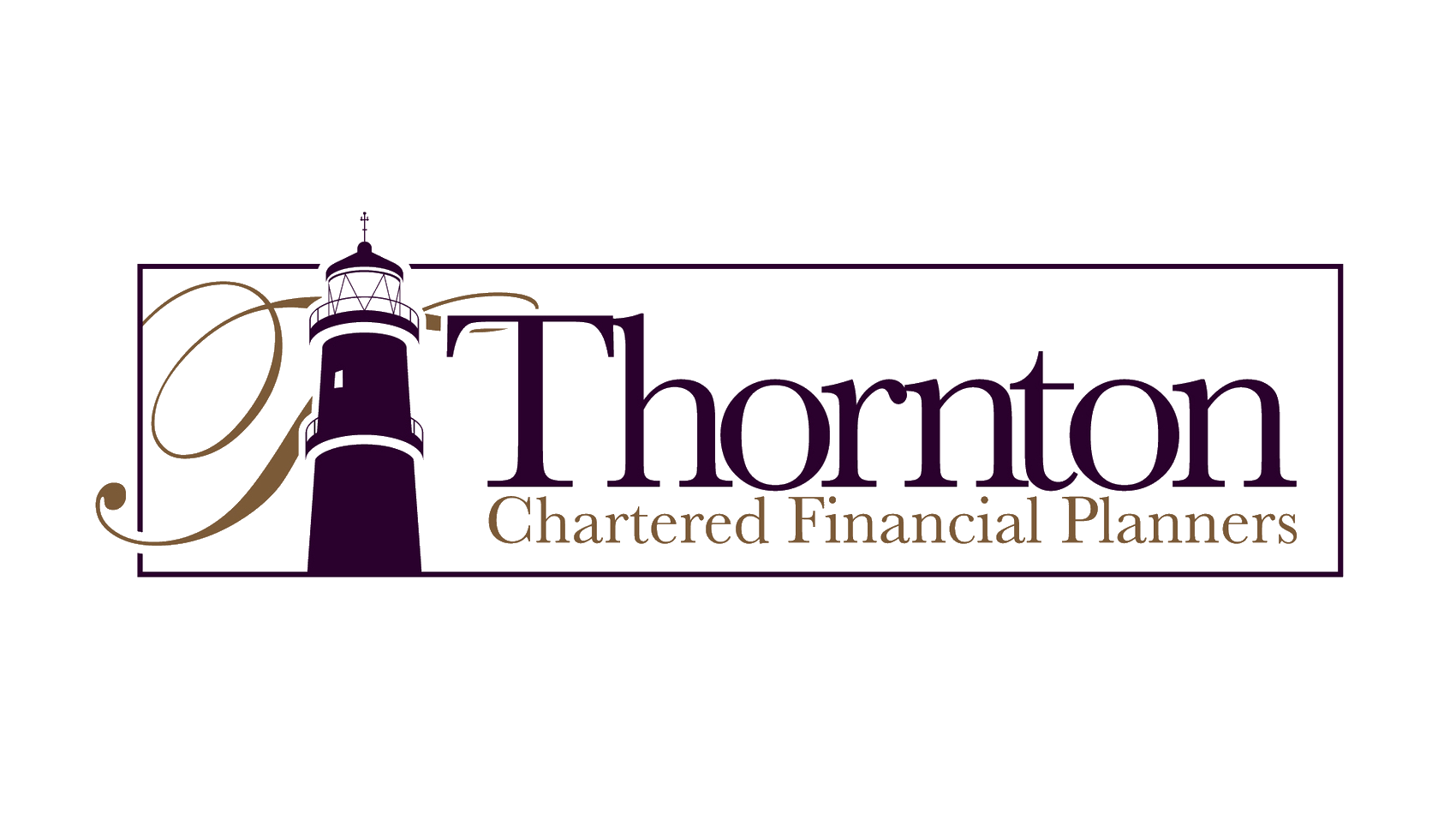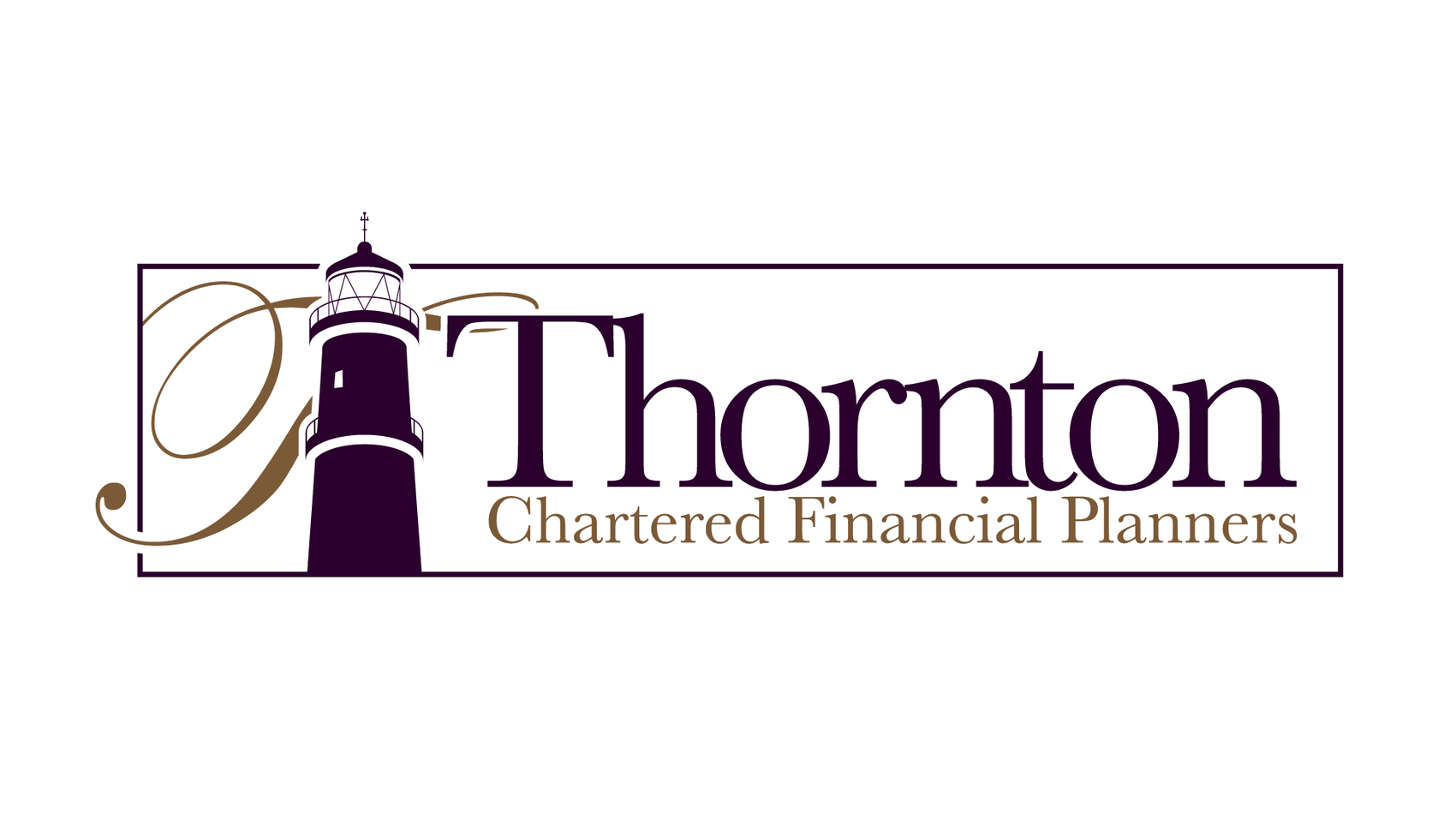The road to financial freedom is a journey of a thousand steps.
Fortunately, the path is well-trodden by millions of investors who have already reached financial independence.
From their experience and our experience advising many such clients, we can extract the key learnings and metrics you’ll need as you continue your financial journey.
This journey is a marathon, not a sprint.
It will require patience, discipline, optimism, and regular reflection on where you are in the process.
We want to reflect on this practice of measuring your progress today so that you can avoid the fate of too many unsuccessful investors: discovering an unpleasant truth when it’s too late to correct course.
The Road To Failure
While successful investors have many common traits that we can learn from, so do those who were unsuccessful in their quest.
Common mistakes of those who fail are insufficient contributions, incorrect investment portfolio decisions, acting on emotion, and inadequate protection.
However, perhaps the trait that leads to all the mentioned mistakes is the failure to take regular stock of their reality, preventing them from making changes that could rescue their situation.
Like flying, financial planning is not a perfect science.
The assumptions we make about the future are sure to be incorrect, but they’re useful all the same. This requires us to be flexible, adaptive, and aware of our progress.
Like flying, a successful investing journey requires constant course corrections to arrive at the correct destination.
The Key Numbers
To make the right changes, you need to track the correct numbers. As the management expert Peter Drucker once said, “What gets measured, gets managed.” Below are the metrics we recommend you keep track of.
By working with an adviser who understands how these numbers interact, we are confident that you, too, can reach financial freedom.
Your wealth window – quite simply, how many months until you hit your financial independence day? This is when working becomes optional for you.
Knowing this number in months rather than years makes it feel more motivating for most people. For example, if you’re 52 and want to retire at 62, you have 120 months left in your wealth creation window.
Your saving percentage – what percentage of your take-home pay are you investing for the future? The more you can put away, the faster you can retire.
Additionally, by putting away more, you learn to live on less. Successful investors routinely save more than 20% of their income.
What percentage of your investments are in global equities – aka owning shares in the great companies of the world. Using history as our guide, equities provide the best long-term returns.
Ideally, you want to continually move closer to a 100% allocation to equities, but the more, the better.
Your retirement income needs – how much monthly income will you require in retirement to live comfortably? This will depend on your lifestyle and aspirations.
Your retirement income shortfall – simply, the difference between what you will need and what your current expected retirement income is, possibly from a state pension or rental income. This is the number that your investment portfolio will need to provide.
Your adviser will be able to help you understand how big your portfolio will need to be.
What percentage of your income is protected – this is what disability and life insurance is for. We all think we’re invincible, but this is a serious topic. Too many people insure their phones but not their income.
Review and Calibrate
From experience, we know that the more you know about your finances, the faster you can progress towards financial freedom. We encourage you to develop a system for keeping track of your progress across the areas outlined above.
Above all, knowing the truth about your situation gives you greater agency over the course of your future.
Some people let life happen to them, and some shape their future to their desires. We encourage you to aspire to the latter.


